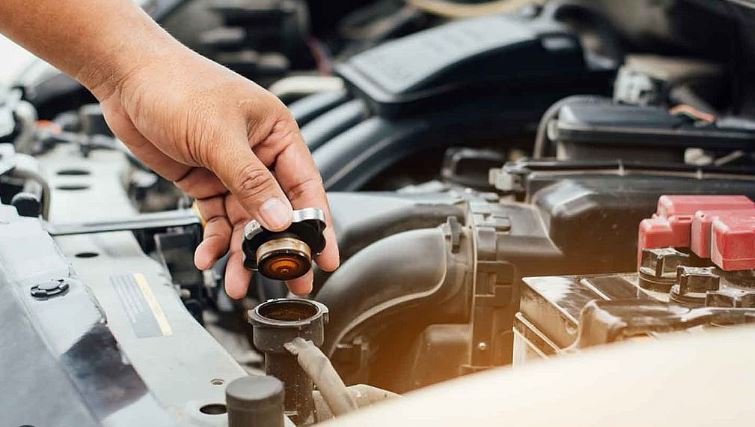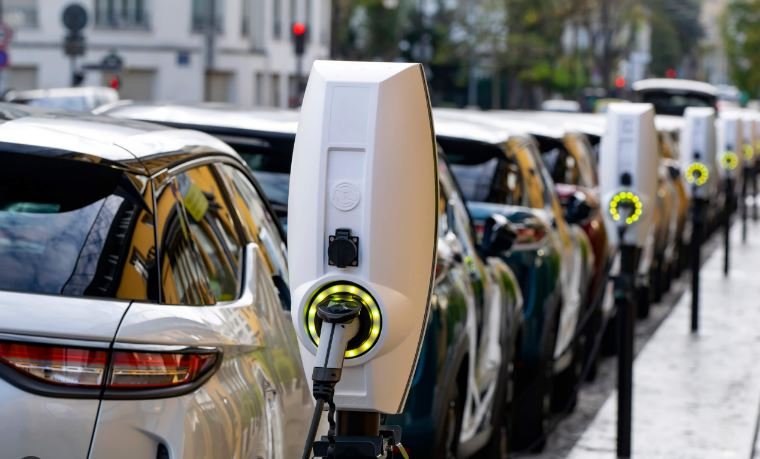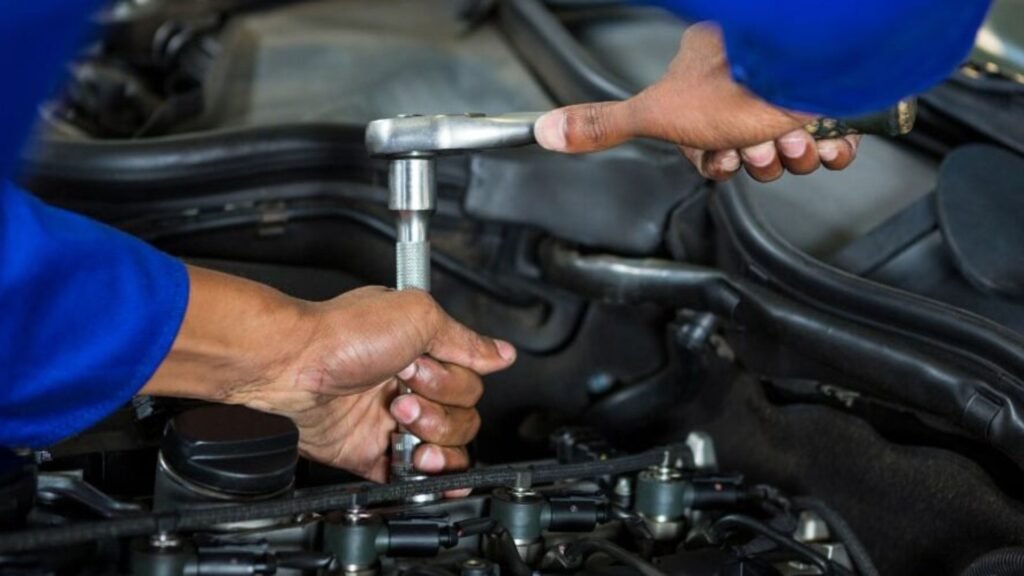Selecting the right engine for your driving needs is crucial for a satisfying driving experience. Whether you want performance, fuel efficiency, or towing capability, the engine you choose plays a significant role. In this guide, we’ll break down the factors to consider and the different types of engines available to help you make an informed decision.
Understanding Your Driving Needs
Before going into specific engines, it’s essential to understand what you need from your vehicle. The right engine for your driving needs depends on various factors, including your driving habits, terrain, and vehicle requirements.

1. Daily Commuting
For daily commuting, you might prioritize fuel efficiency and reliability. An inline-4 engine is often a good choice here. These engines are typically more fuel-efficient and less expensive to maintain. They provide adequate power for city and highway driving without compromising on fuel economy. The Honda Civic and Toyota Corolla are examples of vehicles with efficient inline-4 engines.
2. Long-Distance Driving
If you frequently drive long distances, comfort and power are key. A V6 engine might be the best option for you. These engines offer a smoother ride and more power for highway driving. They provide a good balance between performance and fuel efficiency. The Toyota Camry and Ford Fusion are known for their comfortable V6 engines.
Considering Performance Needs
When performance is your priority, you need to consider engines that deliver power and acceleration.
3. Sporty Driving
For those who enjoy a sporty driving experience, a V8 engine or turbocharged engine can offer thrilling acceleration and power. V8 engines deliver high horsepower and torque, making them ideal for sports cars and high-performance SUVs. Turbocharged engines provide an extra boost in power without sacrificing too much fuel efficiency. The Ford Mustang GT with a V8 and the Volkswagen Golf GTI with a turbocharged engine are great examples.
4. Off-Roading
If off-roading is your passion, a high-torque engine is essential. Engines with high torque provide the power needed to tackle rough terrains and steep inclines. Diesel engines are also a good choice here due to their durability and torque. Vehicles like the Jeep Wrangler with a high-torque engine and the Toyota Land Cruiser with a diesel option are built for off-road adventures.
Fuel Efficiency and Economy
Fuel efficiency is a significant factor for many drivers. Choosing an engine that offers good fuel economy can save you money in the long run.
5. Eco-Friendly Options
For eco-conscious drivers, hybrid engines and electric motors are excellent choices. Hybrid engines combine a traditional gasoline engine with an electric motor to improve fuel efficiency. Electric motors provide zero emissions and lower operating costs. The Toyota Prius and Tesla Model 3 are examples of vehicles with these eco-friendly engines.
6. Long-Term Costs
Consider the long-term costs associated with the engine. While some engines might have higher upfront costs, they could be more economical over time due to lower fuel consumption and maintenance expenses. For example, diesel engines might be more expensive initially but can offer better fuel economy and longevity.
Choosing the Right Engine Type
Different types of engines offer various benefits and drawbacks. Here’s a quick overview:
7. Inline Engines
Inline engines, particularly inline-4, are popular for their simplicity and efficiency. They are generally lighter and have fewer moving parts, which can lead to lower maintenance costs. They are a good choice for everyday driving needs.
8. V Engines
V engines (V6 and V8) are known for their power and performance. V6 engines offer a balance between power and efficiency, while V8 engines provide high horsepower for sports and performance vehicles. They are suitable for drivers who need extra power and smooth acceleration.
9. Turbocharged Engines
Turbocharged engines use a turbocharger to force more air into the engine, increasing power output without significantly increasing fuel consumption. They are a great option if you want more power while maintaining decent fuel efficiency.
10. Diesel Engines
Diesel engines are recognized for their durability and high torque. They are ideal for heavy-duty tasks, including towing and off-roading. They also tend to be more fuel-efficient than gasoline engines, especially on long drives.
11. Hybrid Engines
Hybrid engines combine electric and gasoline power to enhance fuel efficiency and reduce emissions. They are perfect for city driving and those who want to reduce their carbon footprint.
12. Electric Motors
Electric motors offer the ultimate in efficiency and zero emissions. They are suitable for drivers who are looking for a sustainable option and primarily drive in urban areas.
Making Your Decision
When selecting the right engine for your driving needs, consider your driving habits, performance requirements, and long-term costs. Each engine type has its advantages, and the best choice will depend on how you plan to use your vehicle.
Conclusion
Choosing the right engine for your driving needs involves evaluating various factors such as performance, fuel efficiency, and specific requirements. By understanding the different engine types and their benefits, you can make an informed decision that will enhance your driving experience. Whether you need a fuel-efficient engine for daily commutes or a powerful engine for off-roading, there’s an option out there to meet your needs.



















